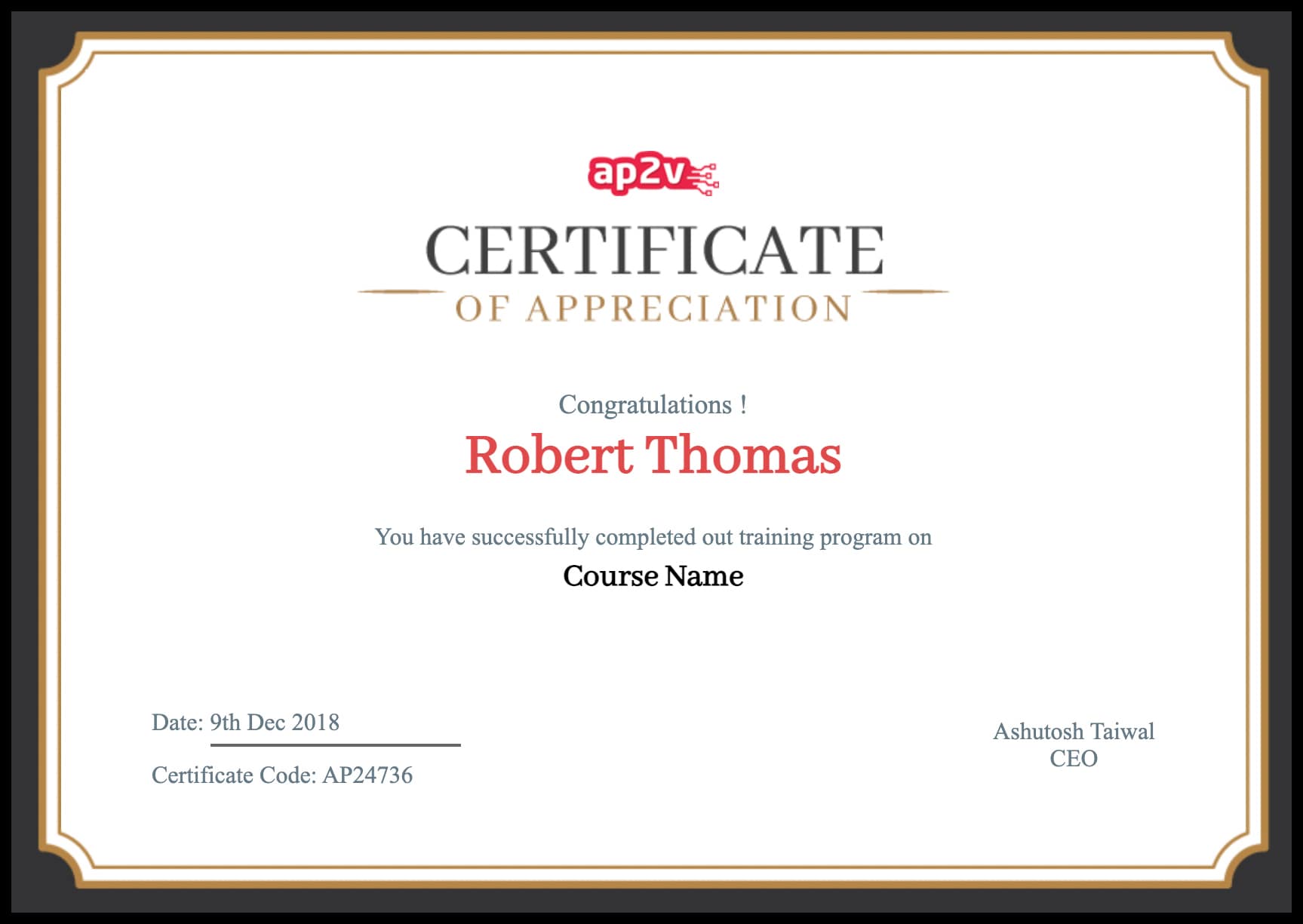Nowadays, blockchain is one of the best known and most prevalent technologies in relation to cryptocurrencies. Traditional systems of trust and transaction record-keeping are being replaced by blockchain technology in all sectors of industry. In 2008 the concept of blockchain was integrated with several other technologies and computer concepts to form the modern cryptocurrency, which is an electronic cash protected by cryptographic procedures rather than a central repository or authority. It has been developed into a tool that includes finance, supply chain management, healthcare, and more. Blockchain is not only used for financial transactions. Due to its secure and transparent nature, the technology is versatile for needs beyond one area of expertise. Industries covering energy, logistics, education and other sectors are taking advantage of blockchain every day. If this is the first time you have heard the term 'Blockchain', this is the right platform to understand the basics. So, in this article, you will learn to answer these questions, What is blockchain technology and also understand how blockchain works?
What is blockchain technology?
Blockchain is a way to store information that is difficult to change, hack, and manipulate. A blockchain is technically a distributed ledger that allows many people to share data. It provides cloud services and allows businesses to collect, integrate and share transactional data from multiple sources.
Blockchain ensures that data is divided into shared blocks that are tied to unique identifiers. Every transaction in this ledger is authorized by a digital signature of the owner, which authenticates the transaction and protects it from tampering. Therefore, the information stored in the digital ledger is secure.
How Does Blockchain Work?
- Distributed network: In a blockchain, there are many nodes and each one has a duplicate of the entire blockchain ledger. This distributed structure means that individuals have no absolute control, making it resistant to manipulation and single points of failure.
- Blocks and Transactions: Transactions are added to the blockchain which are grouped into blocks in a proper chronicle and time-stamped manner. Each block has a unique identifier (hash) and a reference to the previous block, forming a chain of interconnected blocks.
- Consensus Mechanism: The protocol used by the blockchain network to validate and agree on the state of the blockchain is the consensus mechanism. Some popular systems include Proof of Work (PoW), Proof of Stake (PoS) and Delegated Proof of Stake (DPoS). These mechanisms ensure agreement between nodes and prevent malicious activities.
- Cryptographic Security: With blockchain technology each transaction is digitally signed and the blocks are cryptographically linked, creating an auditable and tamper-evident record. This means that blockchain uses advanced cryptographic techniques to protect the integrity and confidentiality of transactions. Changing any block or transaction in the chain would require an enormous amount of computational power, making the blockchain highly resistant to manipulation.
- Smart Contracts: Blockchain enables programmable smart contracts, which are self-executing agreements with predefined terms and conditions. These contracts help automate transactions and remove the need for intermediaries, reducing costs and increasing efficiency.
Benefits of Blockchain:
Blockchain offers several key benefits:
- Lower cost for businesses: This technology helps you reduce the cost of middlemen to complete deals.
- Voting Transparency: With blockchain technology, you can vote using mobile with a tested and secure interface that helps prevent fake and fraudulent votes.
- Enhanced Security: The decentralized nature and cryptographic security of the blockchain make it more secure than other record-keeping systems.
- Increased efficiency and speed: It allows you to streamline your heavy processes through blockchain technology.
- Fraud Control: This solution is secure from hacking and it is not easy for hackers to gain access to the information in the blockchain.
- Quality Assurance: Blockchain encourages transparency and provides uniform quality across every organization for efficient and consistent data transactions.
- Decentralization: With no central authority, blockchain allows individuals and businesses to decentralize control and decision-making.
Conclusion:
Blockchain technology has ushered in a new era of trust, security and efficiency across various sectors. It provides cloud services and allows businesses to collect, integrate and share transactional data from multiple sources. Blockchain technology consists of three main technologies which are digital ledgers, peer-to-peer networks, and cryptographic keys. Its decentralized and immutable nature, combined with advanced cryptographic techniques, provides a robust solution for transparent and secure transaction systems. I hope this article answers all your questions and if you want to read more articles then visit Ap2v page.





